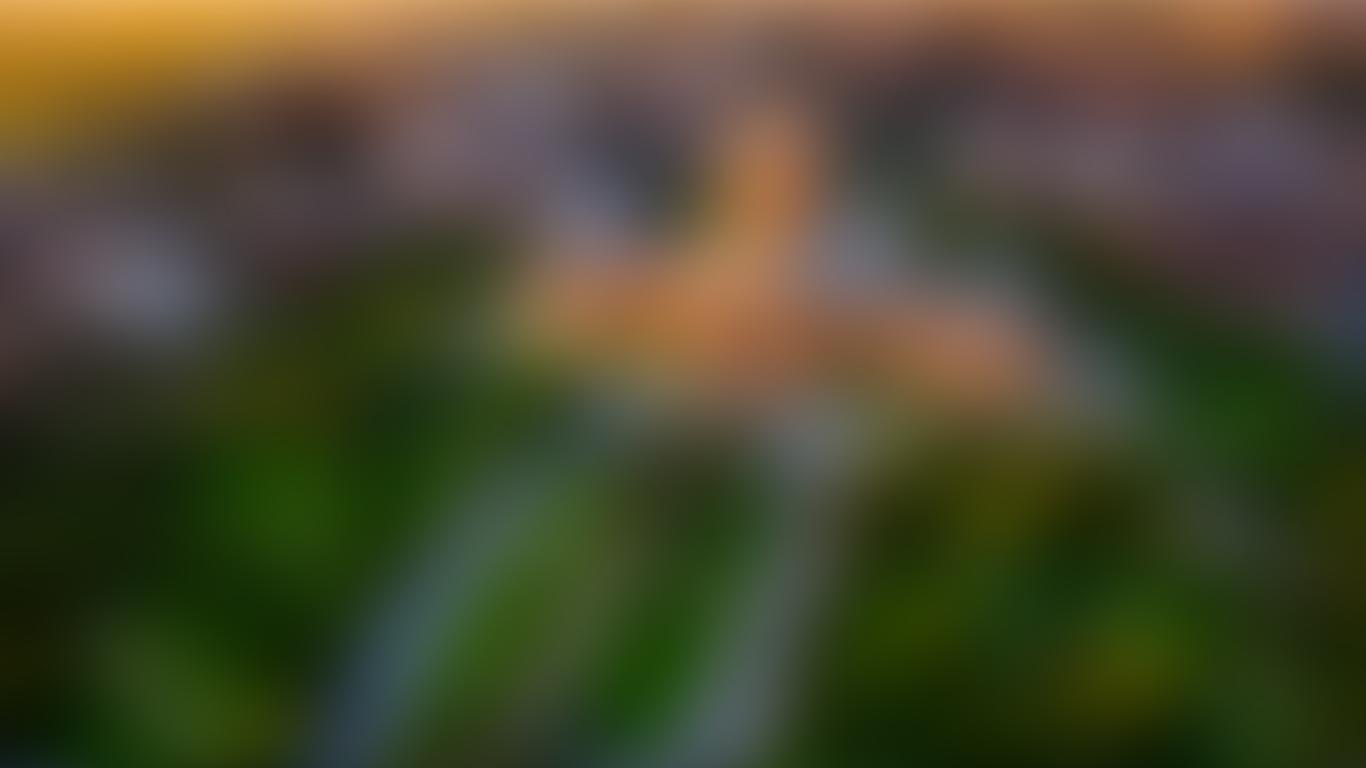Overlooking the Kolubara River, Valjevo is one of the largest cities in western Serbia. It was first mentioned in the 14th century as a staging post before coming under Ottoman rule. In 1942, a partisan hero was photographed in Valjevo just moments before being executed, with the image going on to become a symbol of resistance against fascism.
Things to do in Valjevo
Spend an afternoon strolling the cobblestone streets of Tešnjar, which is clustered with buildings that date back to the Ottoman era. Once an important trade centre, the area has been designated as a Cultural Heritage of Serbia and centres around one of the country’s prettiest streets. Coincide your visit with the Tešnjarske Veceri festival, which features film screenings, author talks and theatrical performances.
You can learn about the people and events that have shaped the city at the National Museum Valjevo, which houses more than 24,000 objects. Wander through the nine galleries where archaeological findings and ethnographical artefacts are on display or attend one of the lectures and concerts regularly held here.
Rising high above Valjevo is Vidrak Park, which is dotted with sculptures and monuments dedicated to those who fought in the 1941-1945 revolution. Of particular note is the statue of Stjepan Filipović, a partisan hero who was executed by the Nazis after shouting “Death to fascism, freedom to the nation”. Sweeping views across the city can be enjoyed from the lookout and the Pavilion restaurant.
Getting around Valjevo
Valjevo is around 1.5 hours’ drive from the centre of Belgrade and one hour from Belgrade Nikola Tesla Airport, which has flights to destinations across Europe and the Middle East. Regular buses connect to Valjevo and travel throughout the city. Many of Valjevo’s attractions can easily be accessed on foot.





